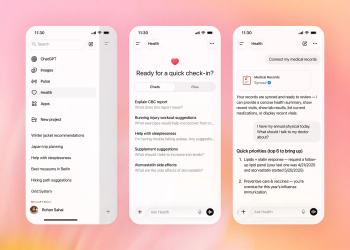
Examining accounting and finances can illuminate ways to save, bring in revenue
Running a medical practice efficiently is one of the keys to flourishing in tough economic times, says one expert. When it comes to accounting and finances, examine several areas for possible improvement.
Key Points
Running a medical practice efficiently is one of the keys to flourishing in tough economic times, says Judith Aburmishan, MBA, CPA, CHBC, a business consultant with FGMK, LLC, Bannockburn, Illinois.
"Create a monthly financial plan, including what you expect to bill and collect, collection rates, malpractice payments, and any unusual cash outflow items. If results vary from that plan-especially if you're monitoring it on a regular basis-then you have the ability to react during the year rather than react after the year's over," Aburmishan says.
STAY CURRENT WITH BOOKKEEPING
In addition to budgeting, another important step for practices is to keep bookkeeping current, Aburmishan says. Ideally, the books should be updated daily, and bank records should be reconciled as soon as the account statements arrive, or no more than 2 business days later. Use your bookkeeping records, not your bank statements, to determine your cash balance; if you are updating your records daily, your books will more accurately reflect the actual cash you have.
When examining the books, monitor cash flow and investigate if unusual variances occur, she advises.
If you use accounting software to keep your books, you'll be able to generate reports showing profits and losses by month. You can use this information to help determine the best times to take a vacation or whether to add more patient appointments to the schedule.
Even in tough economic times, avoid the temptation to use funds allocated in the budget for payroll taxes to improve your practice's cash flow. Pay your payroll taxes promptly, using a payroll service if possible, Aburmishan says. Those payments will be reflected in the books as well. "Many doctors see paying the payroll tax as one of those things they can put off, but that's the fastest way to get the doors closed," she says.
STRENGTHEN INTERNAL CONTROLS
Diverting or delaying the payment of payroll taxes isn't the only temptation. For this reason, it's a good idea to strengthen internal controls within the practice, Aburmishan says. "If you're going to be efficient, you can't let money go out the door, and you can't let money slip through the cracks."
In hard times, she adds, employee theft may become more prevalent, and even trusted workers might take advantage of opportunities to steal if they present themselves.
One step to strengthen internal controls is moving the collections duties away from your staff, if possible. One way to manage collections is to have patients and insurance payers remit their payments to a lock box that a bonded bank employee can access to make deposits to the practice account, Aburmishan says.
Other steps to strengthen internal controls include separating responsibility for accounts payable and accounts receivable functions; converting paper checks received by the practice into electronic deposits (which have the added benefit of being credited to your bank account more quickly than paper checks); allowing only practice owners to sign checks; and accounting for all forms for incoming patients numerically to ensure that all patient information has been entered into the office computer system.
CONTROL ASSETS
Another vital move in the accounting and finance realm is to control assets. "Most of my clients think the way to prepare for financial difficulty is to cut expenses and fire people, but what you really want to do is control assets and build revenue," Aburmishan says. (More on cutting expenses later, however.)
To control assets, strengthen management of expensive inventory such as medications-if, for instance, your practice has a dispensing pharmacy; label, inventory, and secure all equipment, furniture, and computers to make items more difficult to steal; and establish a formal collection process for accounts receivable, she advises.
An additional way to control assets is to ensure that employees and shareholders make regular payments on any loans the practice has made to them. A practice that has a large amount of money tied up in outstanding loans to employees and shareholders may find it difficult to establish a line of credit on which it can draw in an emergency or in an economic downturn, Aburmishan says.
Newsletter
Stay informed and empowered with Medical Economics enewsletter, delivering expert insights, financial strategies, practice management tips and technology trends — tailored for today’s physicians.








